Madagascar is currently experiencing a dramatic political crisis that has sent shockwaves across the island nation and drawn global attention. President Andry Rajoelina fled the country this week after weeks of sustained protests led predominantly by young activists, sparking uncertainty about the future of governance, security, and social stability in the country. The movement, largely organized by Generation Z citizens, has highlighted widespread frustrations with economic stagnation, corruption, and inadequate public services.
The Spark of Unrest
The unrest in Madagascar began in late September when citizens in Antananarivo, the capital, and other major cities began demonstrating against persistent power outages, water shortages, and rising living costs. While these protests initially targeted the government’s inability to maintain essential services, they quickly escalated into a broader call for systemic reforms.
Young Malagasy activists, primarily members of Generation Z, played a central role in organizing and amplifying the demonstrations. Leveraging social media platforms, these activists mobilized tens of thousands of citizens under the movement known as “Gen Z Madagascar,” highlighting issues ranging from corruption and unemployment to inadequate healthcare and education infrastructure. The movement’s messaging emphasized transparency, accountability, and the right to a dignified life.
Escalation and Military Defections
Tensions reached a critical point on October 12 when CAPSAT, an elite military unit historically loyal to the president, defected and sided with the protesters. This unprecedented shift effectively undermined the government’s control over the capital and emboldened demonstrators nationwide.
With the military no longer supporting him, President Rajoelina fled Madagascar on October 13, reportedly aboard a French military aircraft. While the president claimed the move was necessary to ensure his safety, he stopped short of resigning, insisting that he would not allow Madagascar to be destroyed. The sudden departure of the country’s leader left a power vacuum and intensified fears of further unrest.
Social and Economic Context
Madagascar has long faced deep-rooted economic challenges. Despite its rich natural resources and biodiversity, the country struggles with widespread poverty, high unemployment rates, and limited infrastructure development. Power outages and water shortages have been persistent problems in urban areas, and many citizens feel the government has consistently failed to address basic needs.
The protests underscore the frustrations of a young population that sees few opportunities for social and economic advancement. Generation Z, in particular, has grown up in an era of global connectivity, education, and awareness of international movements, and they are increasingly demanding governance that reflects their values and priorities.
International Response
The international community has reacted with concern to the rapidly unfolding crisis. French President Emmanuel Macron acknowledged Rajoelina’s departure and emphasized the importance of restoring constitutional order in Madagascar. The United Nations and the African Union have urged restraint from all parties and encouraged dialogue to prevent further violence and instability.
Neighboring countries are also closely monitoring the situation, wary of potential regional implications. Madagascar’s strategic location in the Indian Ocean and its economic ties with other African nations make stability in the country a key concern for trade and security.
Ongoing Protests and the Path Forward
Despite the president’s departure, protests continue across the country. Demonstrators have occupied key public spaces, demanding immediate reforms, a transparent political transition, and accountability for corruption. CAPSAT, the military faction that defected, has declared its intention to maintain order but insists it does not intend to assume control of the government.
Political analysts warn that Madagascar’s road ahead remains uncertain. Questions loom about who will lead the country in the absence of the president, how the government will address the protesters’ demands, and whether the crisis could trigger broader social unrest. The situation is fluid, and the potential for escalation remains high if immediate political solutions are not implemented.
The Voice of the Youth
At the center of this upheaval is a generation unwilling to remain silent in the face of systemic failures. Gen Z activists have used innovative strategies to raise awareness, from social media campaigns to peaceful demonstrations, effectively mobilizing public sentiment and challenging entrenched power structures.
Their efforts reflect a global trend in which young citizens are increasingly asserting influence over political processes, demanding transparency, and holding leaders accountable. In Madagascar, this movement has become a defining force in shaping the nation’s political landscape.
Conclusion
Madagascar’s current crisis highlights the intersection of political leadership, social activism, and generational change. As the country navigates this critical juncture, the resilience and determination of its youth-led movement serve as a reminder of the power of collective action. The next steps taken by Madagascar’s political actors, military leaders, and civil society will determine whether the country can achieve a peaceful and democratic transition or face prolonged instability.
The coming weeks will be pivotal for Madagascar, a nation at the crossroads of social demand and political reform, as its citizens continue to assert their right to a stable and accountable government.

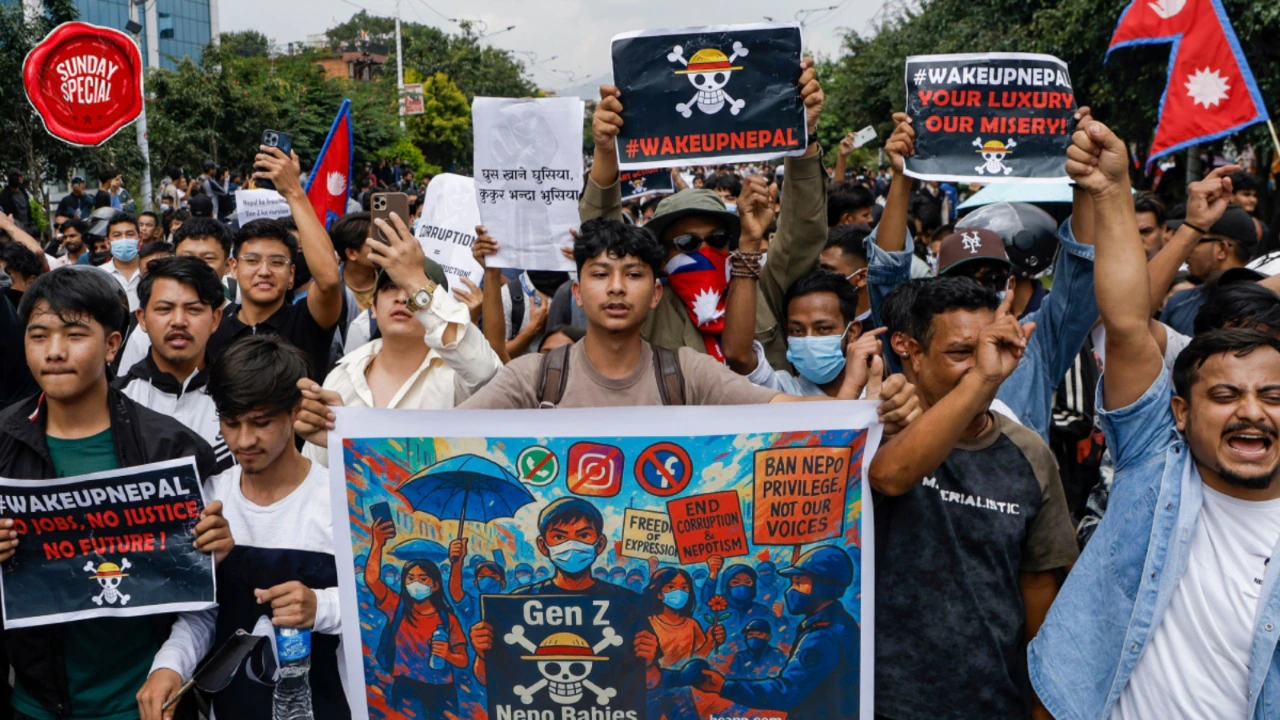
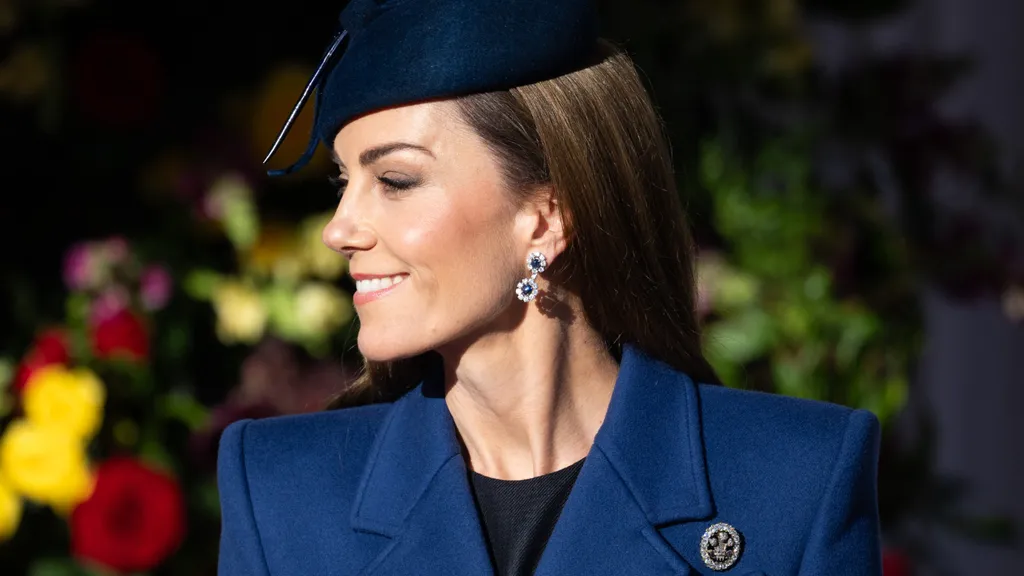
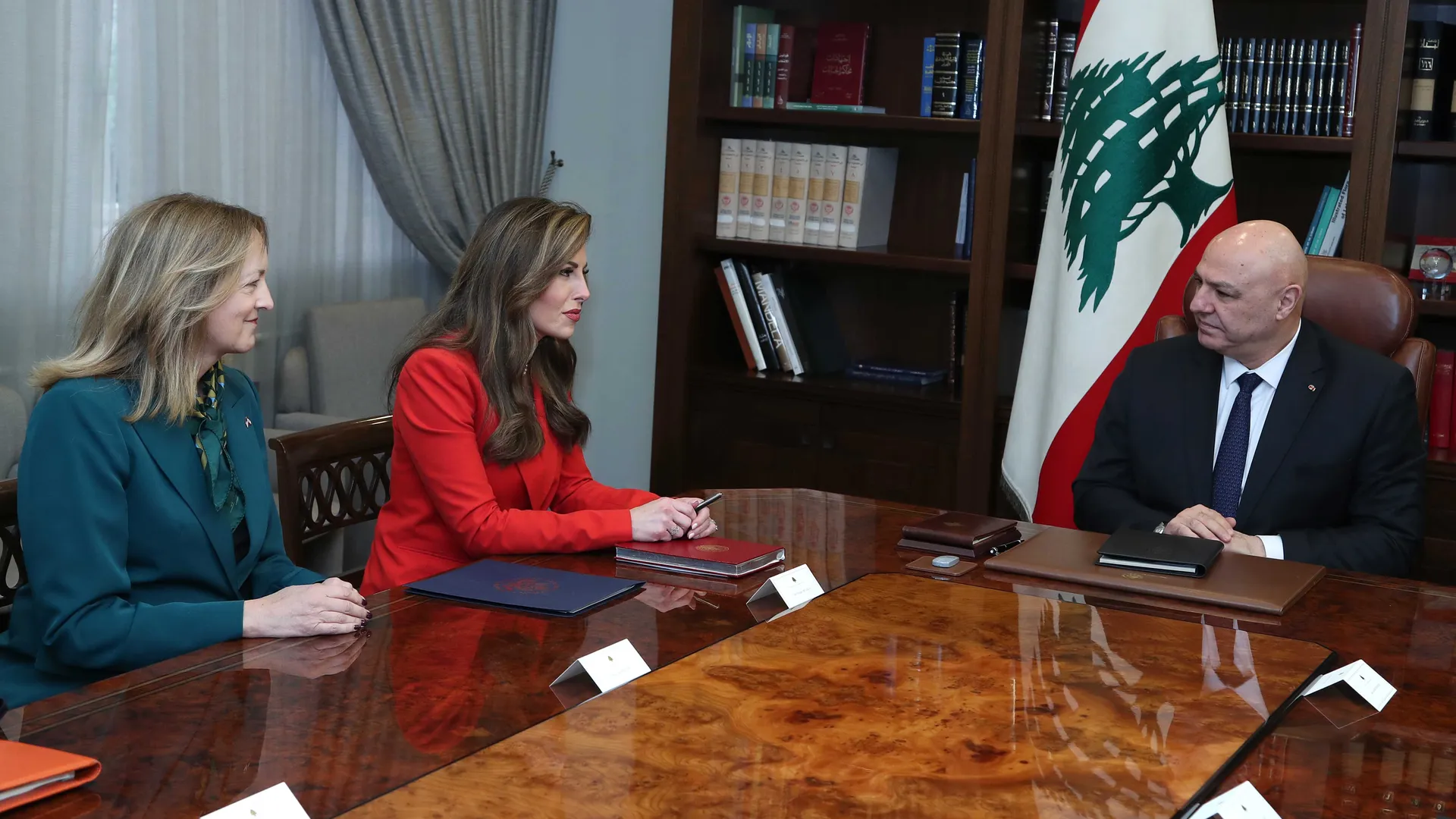

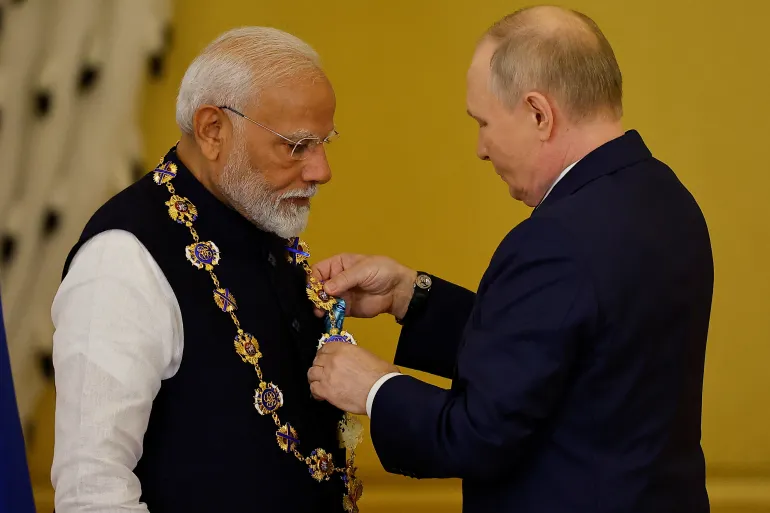
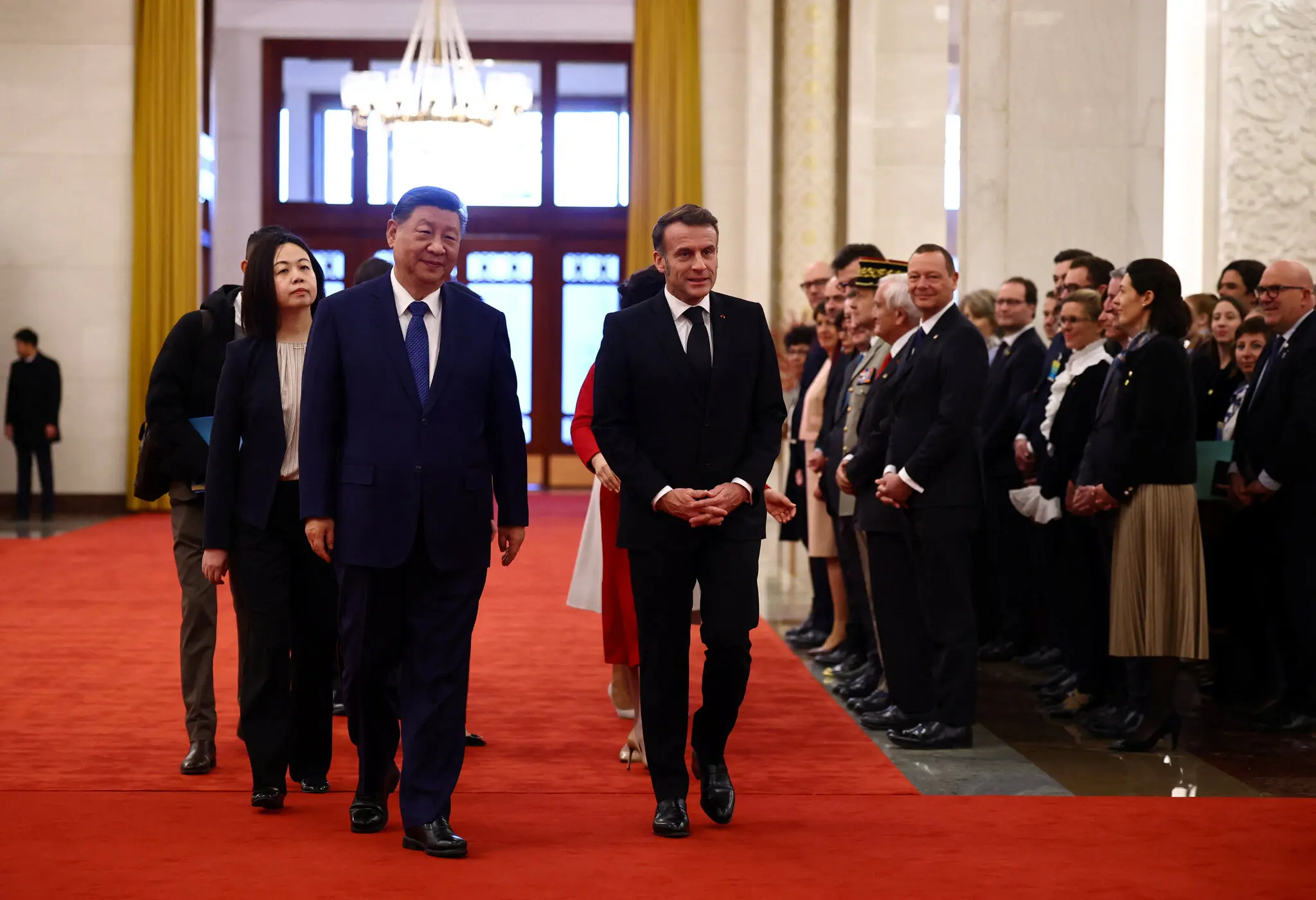

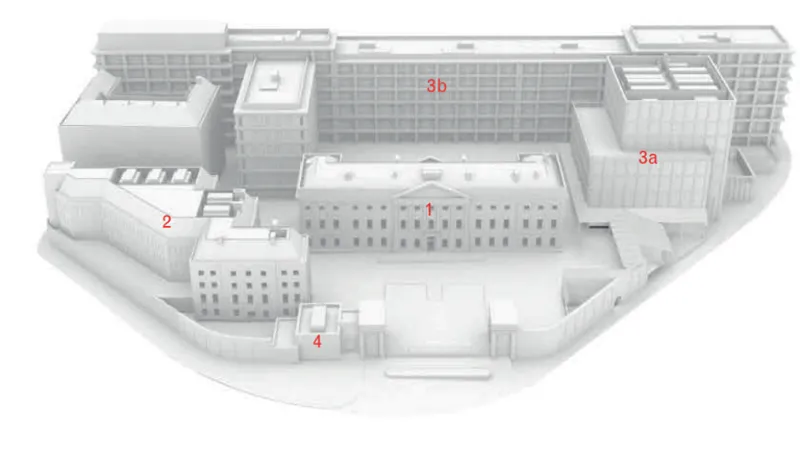

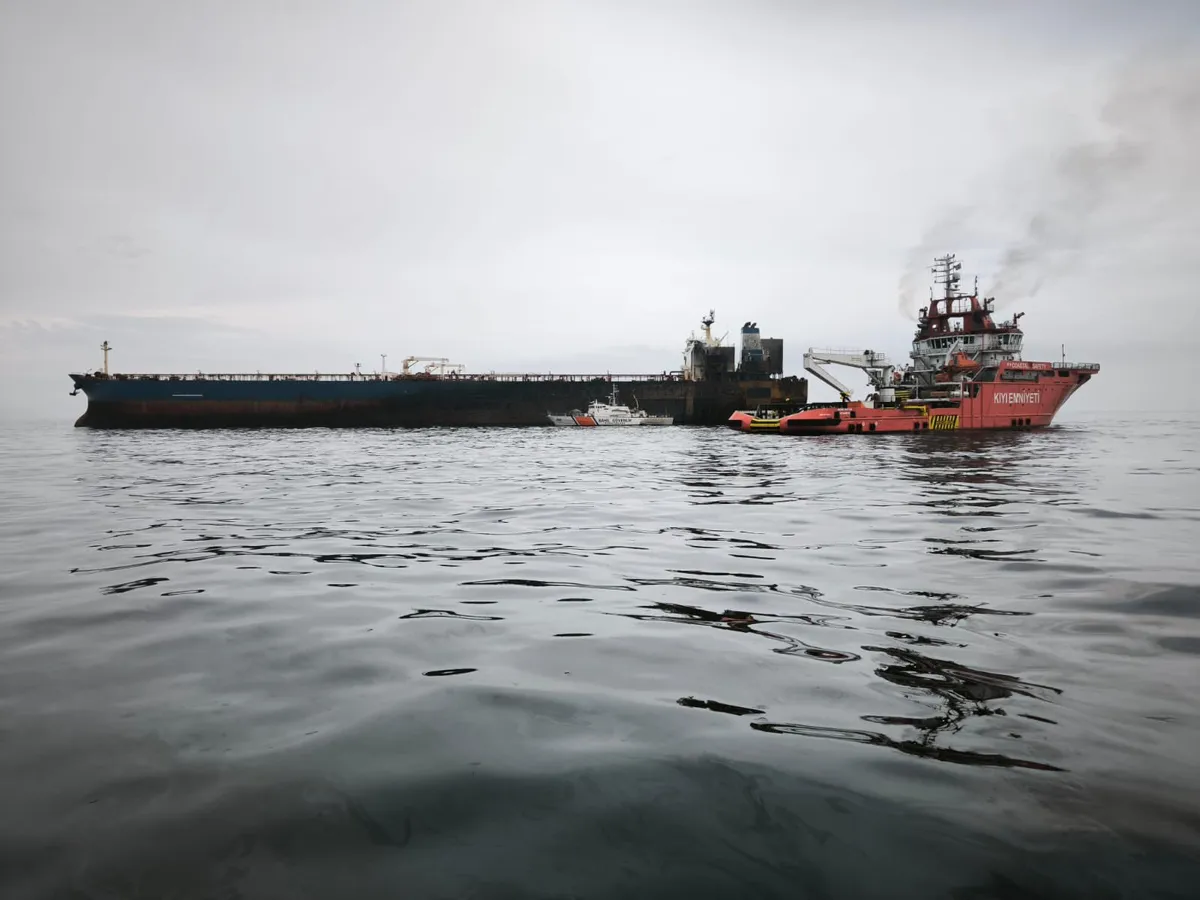
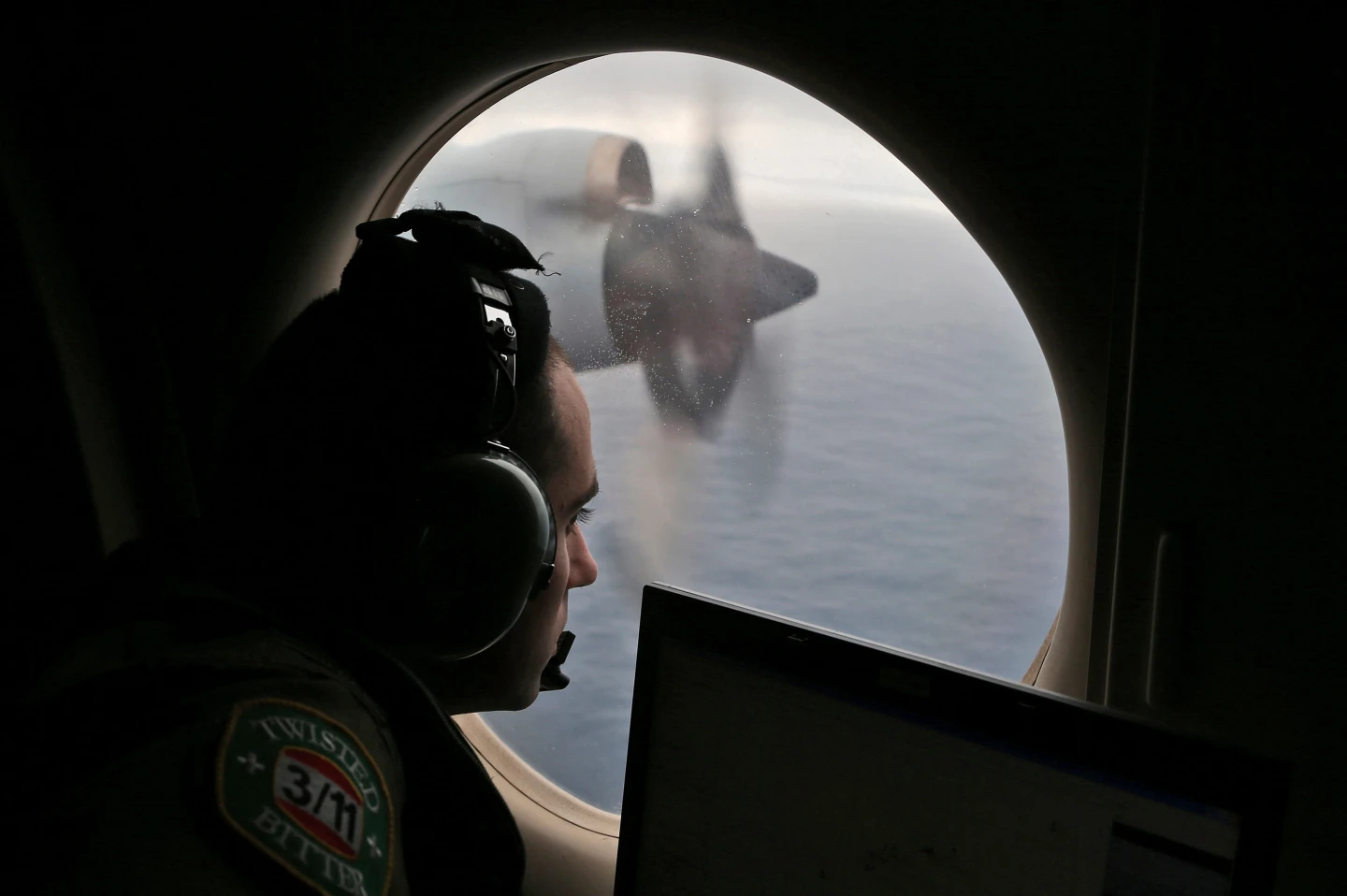

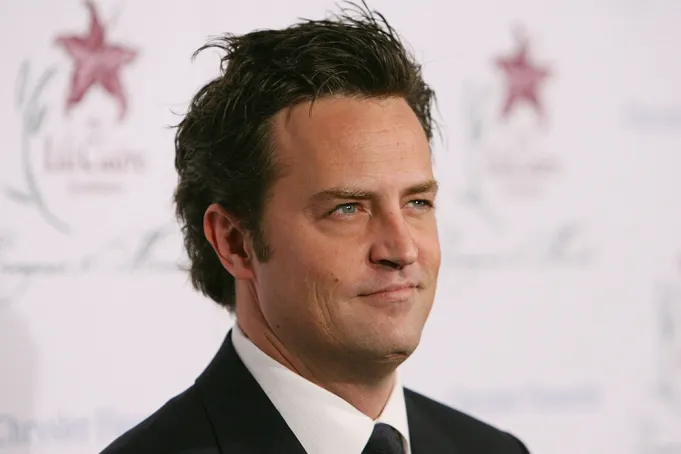


Leave a Reply